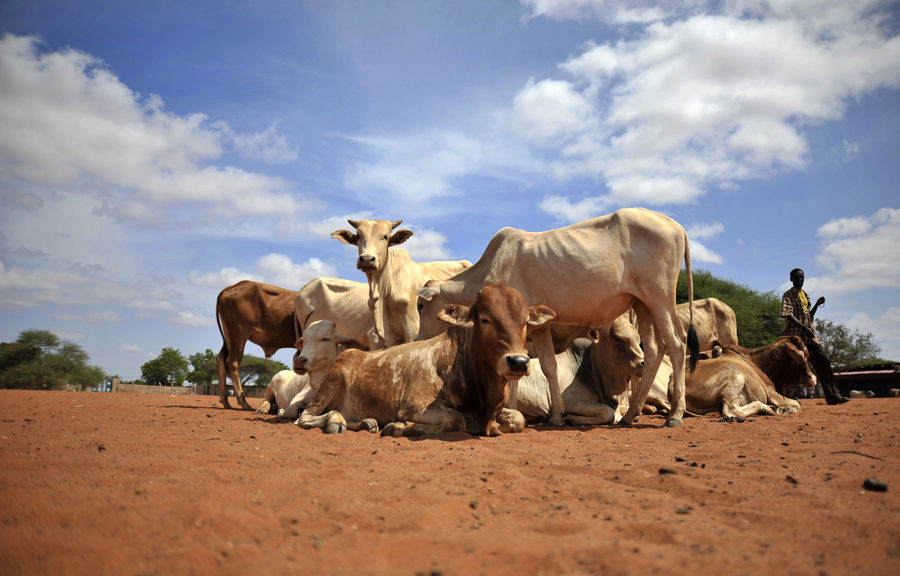It wasn’t long after the cairns appeared in the forest that women from surrounding villages began using them in a purification rite that ended in leaving underwear on the stone mounds. The cairns were new to the forest, but the women’s purification rite was not. In the ritual, older Berber women guided younger women into the forest, and the younger women washed themselves under the open sky and prepared their spirits for finding a lover. Forest rangers had built the cairns to mark the borders of Morocco’s national forests. They were designed to protect argan trees – which some Berber call the “tree of the devil” – from use and harvesting. But the local women turned the cairns into something else.
When Morocco’s government established Souss-Massa National Park in 1991, the Berber people were already familiar with temporary prohibitions on forest use, says anthropologist Romain Simenel of the Institute of Research for Development in Marseille, France. But they were accustomed to setting the prohibitions themselves, through a system called agdal, which involves religious stories laden with mischievous genies who curse parts of the forest, and community rituals that reopen the way to harvesting or grazing among the argan trees.
Instead, national authorities were now insisting on prohibiting access to a core zone of the argan forest, allowing limited access to a second zone, and leaving a third zone to more community-led use. They sought to protect the forest from both desertification and local land management decisions. But the genies in the argan forest are not easy to tame.
Continue reading Taming the genie in the forest of the devil’s trees

